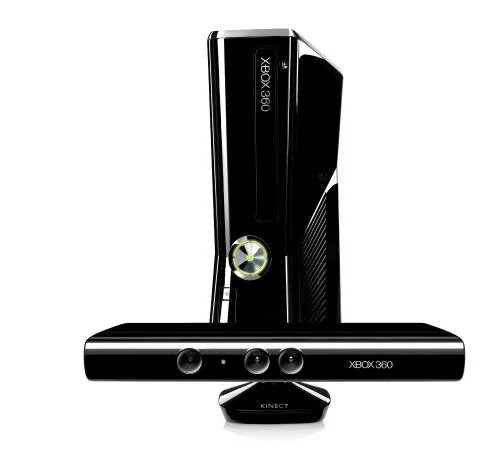The video game industry is currently experiencing a paradigm shift as attention turns away from consoles and handhelds towards the rapidly growing cell phone market.
Indeed, according to iSuppli, mobile phones capable of playing games “vastly outnumber” dedicated gaming platforms such as consoles and handheld devices.

”In 2010, factory unit shipments of game-capable mobile phones are forecasted to reach 1.27 billion, up a solid 11.4 percent from 1.14 billion last year,” iSuppli analyst Pamela Tufegdzic told TG Daily in an e-mailed statement.
“In comparison, figures during the same period for consoles and handhelds are expected to be flat or down. Factory units for video game consoles will total 52.3 million in 2010, up a marginal 0.2 percent from 52.1 million in 2009. Handheld devices will fare worse, with factory units declining 2.5 percent to 38.9 million this year, down from 39.9 million in 2009.”
Tufegdzic explained that the “formidable lead” enjoyed by cell phones will continue for the foreseeable future with little or “no hint” of decline.
“Their near-universal presence gives them the potential to become a viable competitive threat to dedicated gaming platforms, primarily handheld devices.

“And although gamers who prefer a superior gaming experience will always opt for either a console or handheld, sales of both platforms tend to rise and fall based on the vagaries of product development, consumer buying patterns and economic trends.”
Tufegdzic also noted that the numerical disparity between cell phones and consoles/handhelds will allow smartphones to significantly “spur growth” in the gaming market.
“In the case of consoles and handhelds, growth has slowed in recent years. The PlayStation 3 and PlayStation Portable platforms from Sony, the Xbox 360 from Microsoft and the DS and Wii platforms from Nintendo have reached a mature phase in their individual life cycles and have attained market saturation.
“In comparison, mobile handsets – especially smart phones like Apple’s iPhone – continue to thrive and flourish. Handsets also enjoy the advantage of broad penetration: not everyone owns a gaming console or handset, but cell phones can claim widespread use.”
However, Tufegdzic acknowledged that consoles continue to “put up” a good fight.
“[For example], the forthcoming release of motion-sensing play from Sony’s Move and Microsoft’s Kinect is expected to breathe new life into the console space, helping to cushion the anticipated decline of overall current-generation consoles in 2011.

“Furthermore, as soon as late 2012, the big three gaming OEMs are expected to launch next-generation consoles, raising revenues and unit shipments into 2014, when the console market will hit 59.9 million units.”
She added that consoles were also expected to extend their sphere of influence to the digital living room.
“As more multimedia services become available online, consoles will evolve into true entertainment centers, allowing media streaming and other video or picture content to be delivered directly to supported devices like televisions and computers.
“Such online functionality will serve to expand revenue for the old gaming stalwarts – offsetting the advantage in sheer numbers enjoyed by their rivals in the mobile handset space.
“In addition, new revenue streams from paid downloadable content will continue to grow well into the future, helping consoles and handhelds maintain presence in a [perpetually] changing landscape.”






